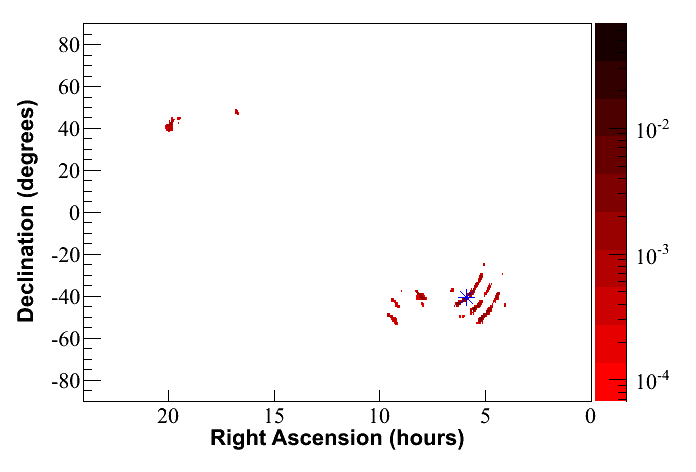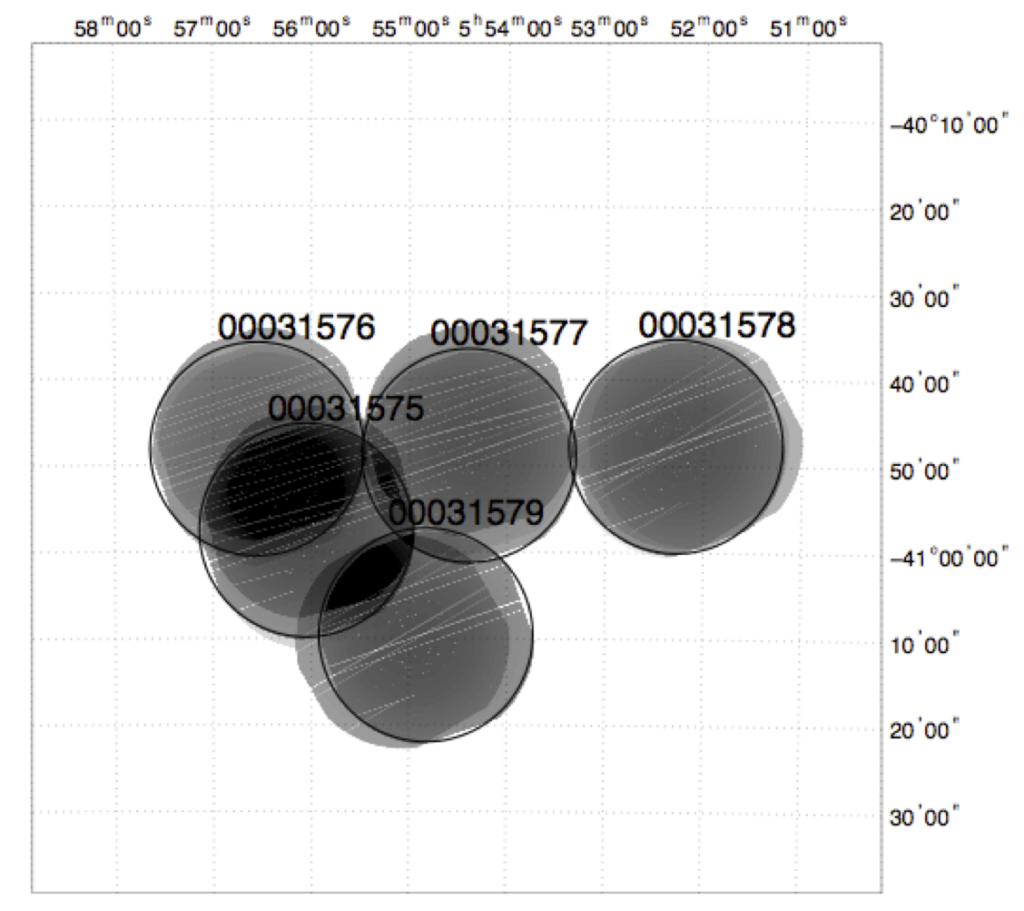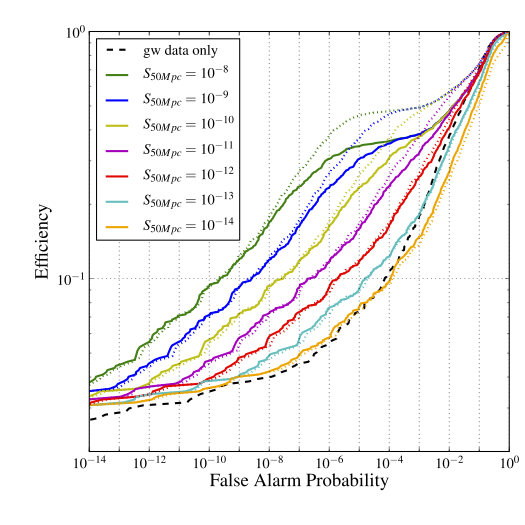Seeing and hearing something at the same time can teach you more than you could learn with just one sense. In the same way, combining gravitational waves with conventional astronomy done with electromagnetic waves (light, X-rays, radio waves etc.) promises to teach us much more about the universe than either could alone. For years, LIGO and Virgo have looked for gravitational waves specifically at times and locations where astronomers told us a gamma-ray burst or other interesting event was happening. In 2009 and 2010 LIGO and Virgo created a prototype electromagnetic follow-up program to send information in the other direction as well, telling astronomers where and when to look for the source of candidate gravitational wave events. A recent publication, written jointly by Swift and LIGO-Virgo scientists, is summarized here. It describes the Swift satellite’s first ever search for electromagnetic radiation in X-ray, ultraviolet and optical wavelengths in coincidence with gravitational waves as part of this program.
In addition to a wide field-of-view Burst Alert Telescope that scans the sky for gamma-ray bursts, the Swift satellite has two instruments with smaller fields of view. These two telescopes can rapidly point towards a location in the sky and determine the location of sources very accurately, making them particularly useful for targets of opportunity like LIGO-Virgo candidate events. Swift’s X-ray telescope can see a section of the sky that is about four tenths of a degree on each side and its ultraviolet/optical telescope can see a slightly smaller area.

Map of the sky showing the regions most likely to be the origin of the January event. The blue asterisk shows the region selected for follow-ups with Swift based on the probability distribution.
LIGO and Virgo scientists selected two potentially interesting events to send to Swift. One of these occurred in January 2010. The other, occurring in September 2010, was later revealed to be a “blind injection” artificial test event. Swift looked at 5 sky locations associated with the January event and 2 locations associated with the September event. There were several X-ray detections in images associated with each event, all barely above the noise level. However, there are always sources of X-rays anywhere you look in the sky, and the number, brightness and variability of the observed detections was very consistent with the background one would expect when pointing to these sky locations randomly. The sky is even busier in the optical and ultraviolet bands but, of the nearly 7000 sources that were picked up by Swift’s ultraviolet/optical telescope, none showed the kind of variability one would hope to see from an electromagnetic signal associated with a transient gravitational wave. Overall, based on Swift’s observations, there was no evidence for an unusual electromagnetic signal in coincidence with either of the selected gravitational wave candidates.

Sky locations imaged by Swift while following up the January event. This is a close-up of the region marked by an asterisk in the figure above. The x-axis (horizontal) is right ascension in hours, minutes and seconds. The y-axis (vertical) is declination in degrees. The grayscale is proportional to the length of observation at each sky location, with darker sections corresponding to longer exposures.
In addition to following up two actual triggers, a more extensive study was conducted with computer simulations to see how much a corresponding X-ray detection could increase our confidence that we really had detected a gravitational wave. In this study, realistic X-ray signals were combined with simulated gravitational waves originating from nearby galaxies. The results from this hypothetical population of sources were compared with real background distributions. The figure below shows the results of the simulation. For reference, some areas of physics consider a 5 sigma false alarm probability, between 10-8 and 10-7 on the plot, to be an unambiguous detection. It is clear from these simulations that coincident X-ray sources could dramatically increase our confidence in a gravitational wave observation.

Detection efficiency (i.e. fraction of events detected) versus false alarm probability for combined gravitational wave and X-ray observations. Results are from a simulation using realistic X-ray sources at a distance of 50 megaparsecs (Mpc) from Earth. Comparing the colored lines to the black dashed lines shows how much observing various X-ray sources increases the statistical significance of our observation compared to just a gravitational wave alone. The solid lines show the result if Swift looks at the best 5 sky locations associated with each event and the dotted lines show the result for 10 locations.
These prototype follow-up studies demonstrate the tremendous potential benefits of gravitational wave detectors partnering with astronomical observatories like Swift. Multi-messenger astronomy will only get more interesting in the era of Advanced LIGO and Advanced Virgo.
Read more:
- Freely readable preprint of the paper describing this work: “Swift Follow-Up Observations of Candidate Gravitational-Wave Transient Events“

